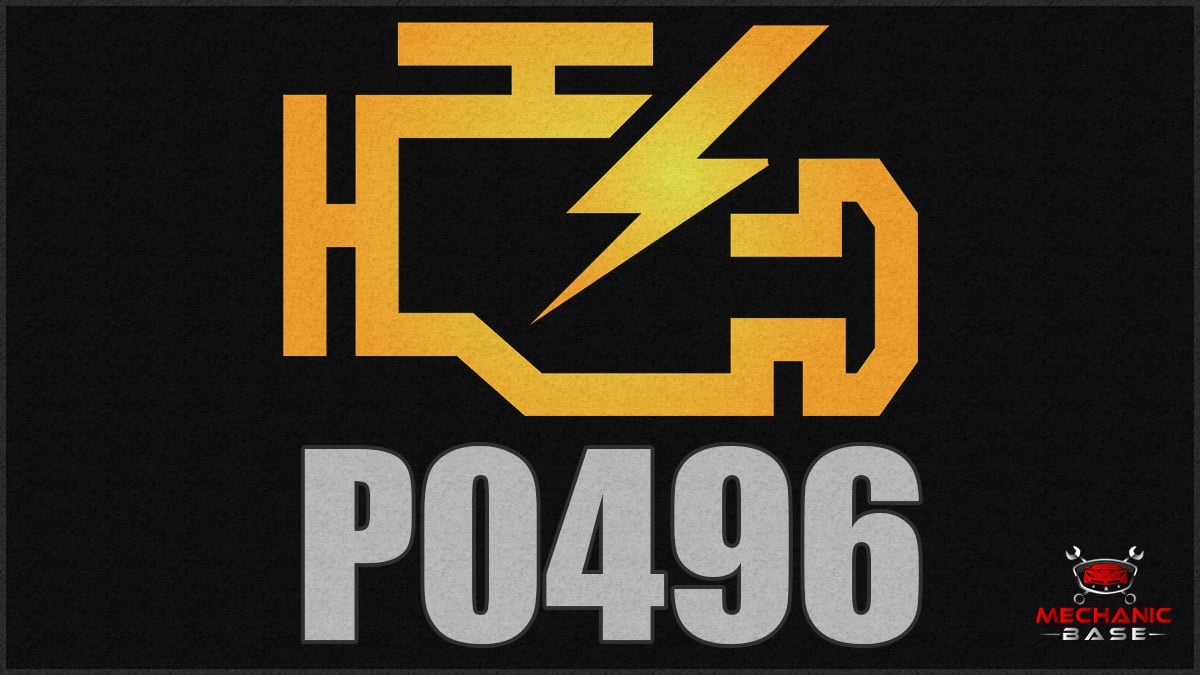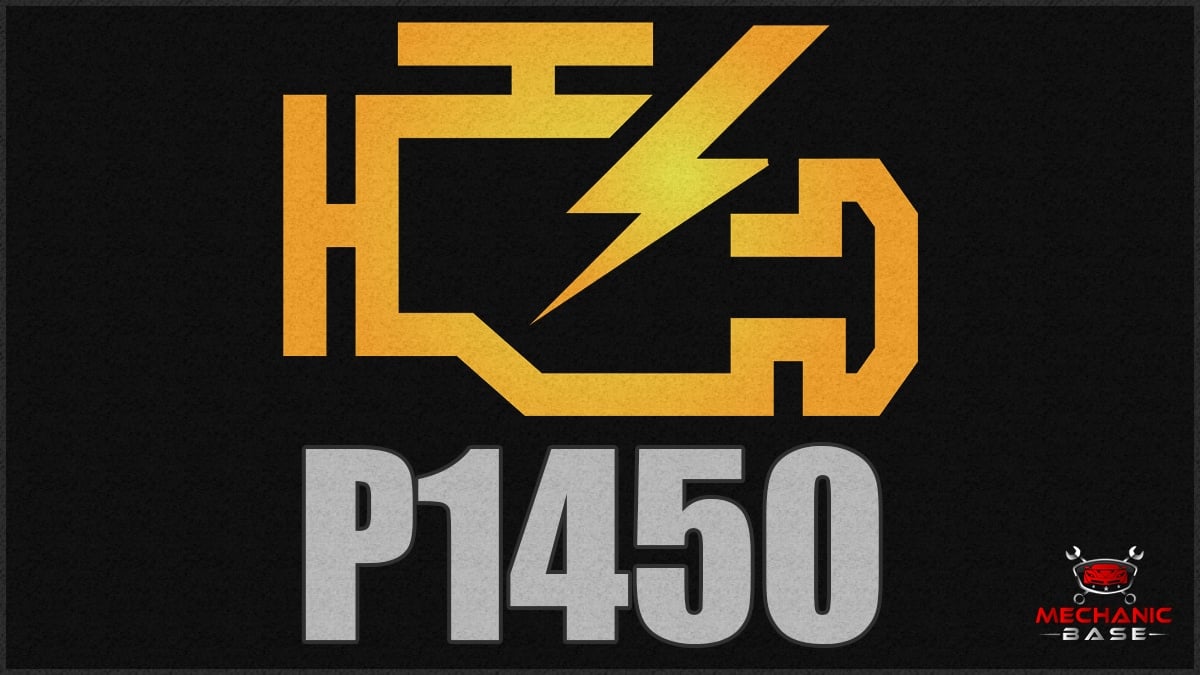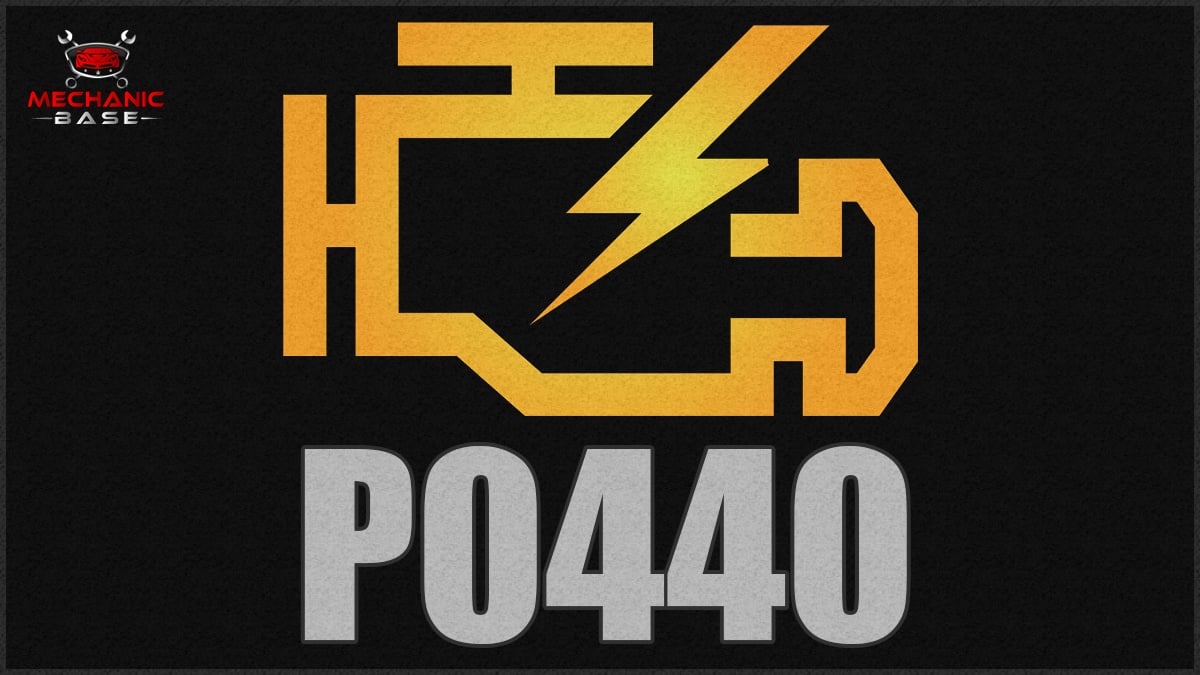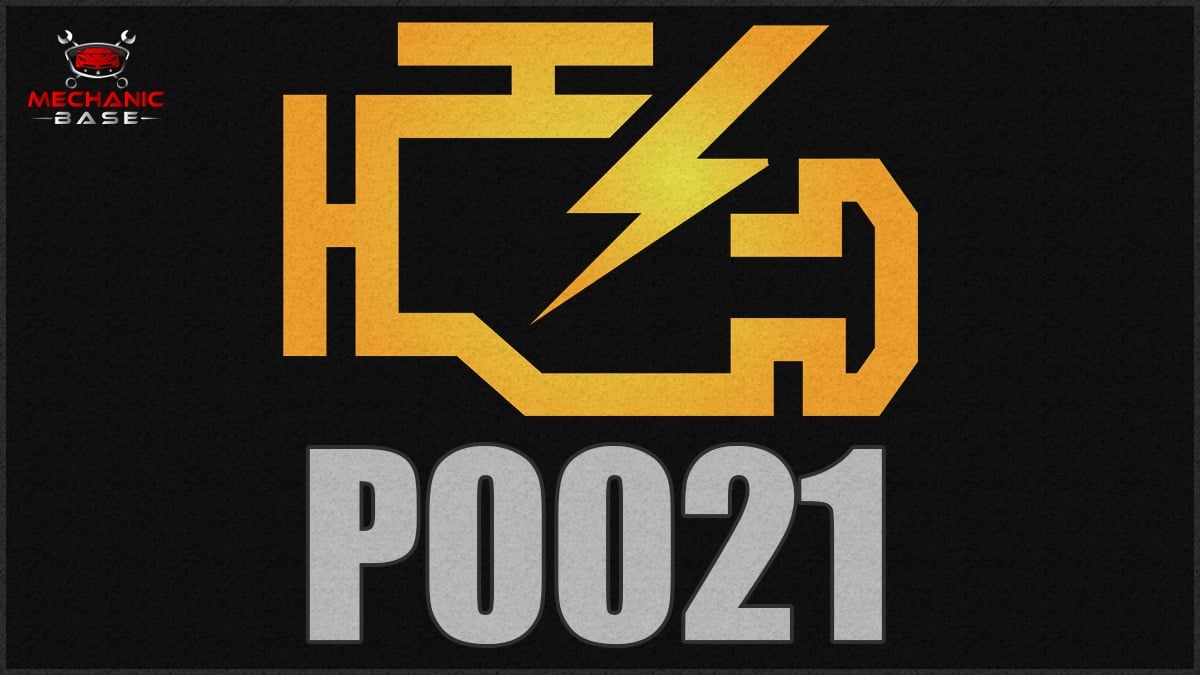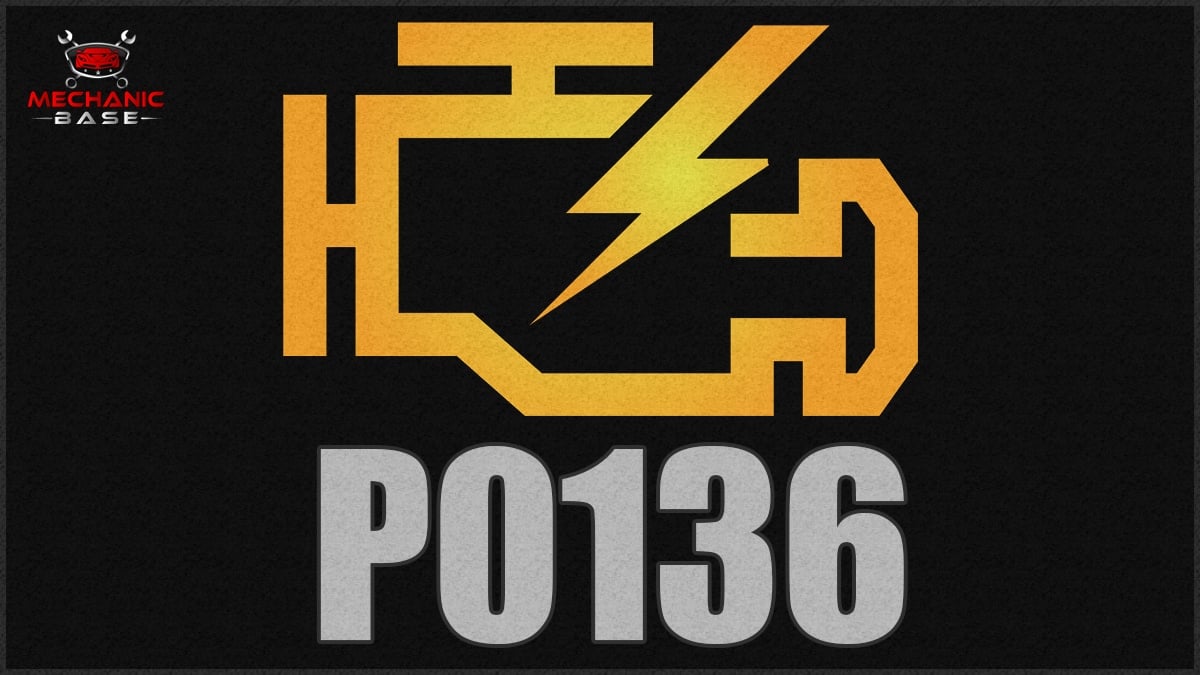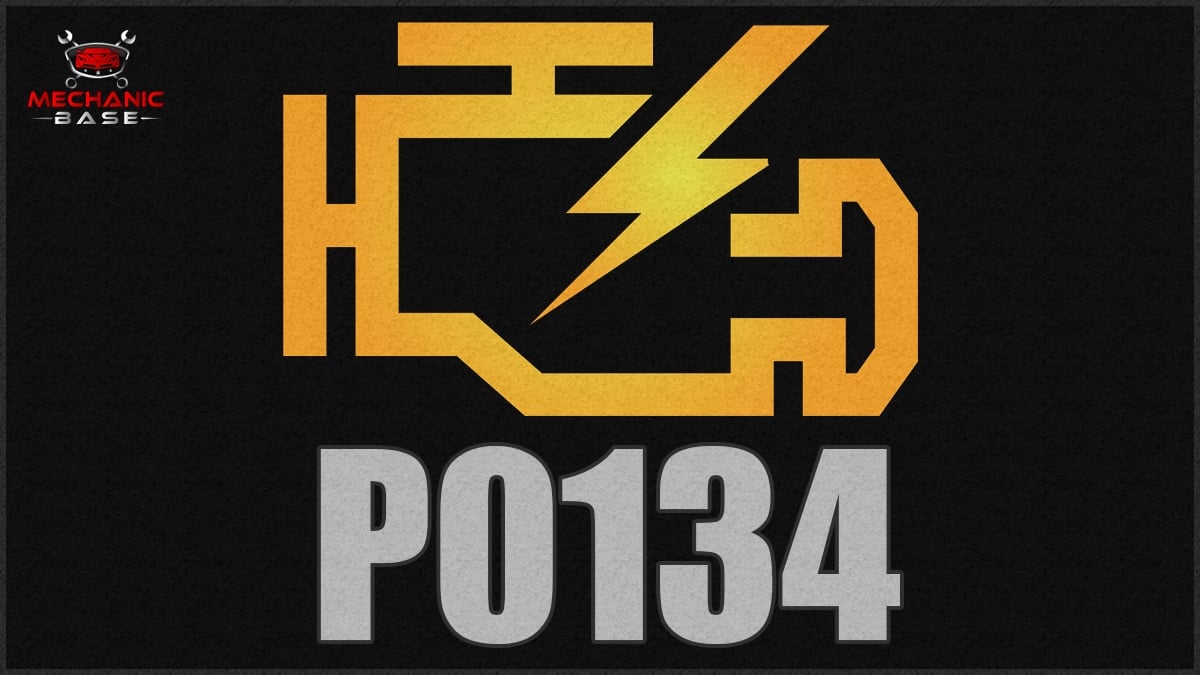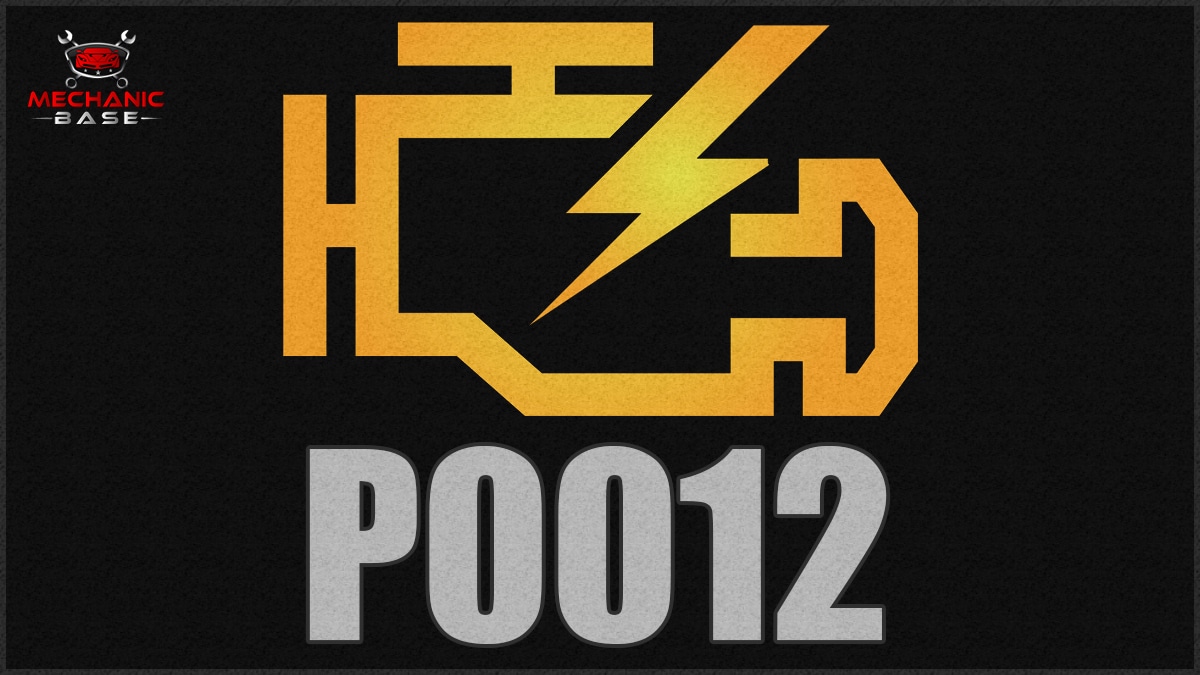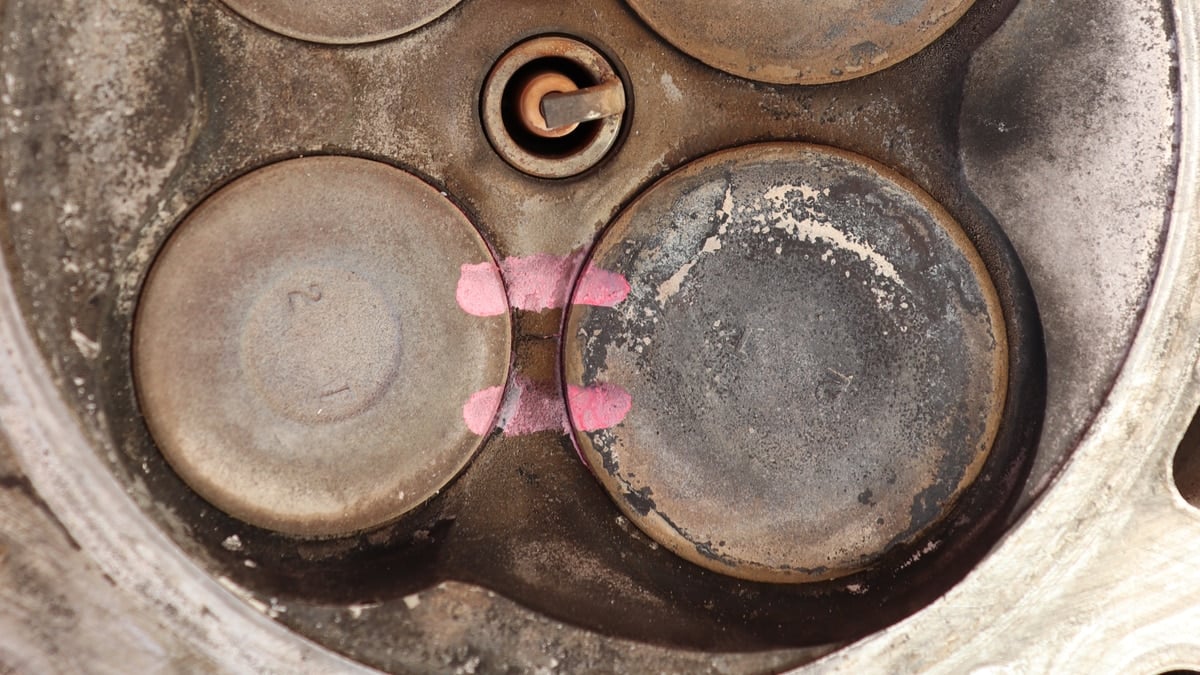Your car isn’t acting right, and the Check Engine Light comes on. Your next step is to use your code scanner to find out what’s going on. If you see the P1299 code, you could have some trouble on your hands.
In this guide, I dive deeper into the meaning of the Ford P1299 DTC and discuss the top symptoms you can expect. I also look at the causes and show you ways to fix the problem.
Code P1299 Definition
P1299 – Cylinder Head Overtemperature Protection Active (Mazda, Ford, Lincoln and Mercury)
What Does the P1299 Code Mean?
P1299 indicates that the ECM (engine control module) noticed a signal indicating that the cylinder head temperature sensor detected a situation where the engine is overheating. P1299 is a manufacturer-specific code typically used by Ford and Lincoln.
When the cylinder head temperature sensor detects this condition, the engine will usually go into a failsafe mode. This failsafe mode is run by the ECM to protect the motor from further damage.
What Are The Symptoms Of P1299?
With the P1299 trouble code set, you know the Check Engine Light will be illuminated. Additionally, the vehicle will be put into a failsafe mode with reduced performance.
The top symptoms noticed with the P1299 DTC include:
- Check Engine Light
- Reduced engine performance
- Rough idling
- Cylinder misfiring
- Excessively hot engine
- Engine stalling
What Are The Causes Of P1299?
The most common cause of P1299 on Ford vehicles is a faulty cylinder head temperature sensor or the wirings to it. In more rare cases, there may be problems with the engine’s cooling system. However, the only way to tell what’s wrong is with a proper diagnosis.
Here are some of the top P1299 DTC causes.
- Malfunctioning cylinder head temperature sensor
- Defective wiring to cylinder head temperature sensor
- Low coolant levels/leak
- Failed thermostat
- Failed coolant temperature sensor
- Failed water pump
- Clogged radiator
How Serious is the P1299 Code?
Severe – Once the failsafe system engages in your vehicle, you know that there are serious problems occurring. The ECM has enacted the system to ensure that no further damage occurs to the engine or powertrain.
Sadly, by the time this failsafe technology takes over, permanent damage might have already occurred if the engine is overheating. However, modern engines do have more resistance than older engines did when it comes to overheating temperatures, so it’s possible the failsafe kicked in before any damage occurred.
Either way, you need to have the problem looked at immediately. Not only is it nearly impossible to drive with this system enacted, but you want to make sure that any further damage is averted.
How do I fix the engine code P1299?
To fix the P1299 code, you’ll want to first diagnose the cylinder head temperature sensor and replace it if it’s faulty. Also, inspect and measure the wirings to the cylinder head temperature sensor. You also want to make sure the coolant levels are good.
However, the only way to determine the best fix for the P1299 trouble code is to walk through the appropriate diagnostic steps. You can find our outlined steps below.
Some common repairs that can fix the P1299 code include:
- Replace cylinder head temperature sensor
- Repair wirings to the cylinder head temperature sensor
- Refill engine coolant
- Repair coolant system leak
- Replace thermostat
- Replace water pump
- Replace coolant temperature sensor
- Repair or replace faulty wiring or connections to the CHT sensor
Common P1299 Diagnosis Mistakes
There are many mistakes that can be made while troubleshooting the P1299 trouble code. For starters, technicians can fail to check the wiring harness and connections to ensure everything is operating as it should.
It’s also important to utilize the Freeze Frame Data on your code scanner to further pinpoint the problem. If you aren’t versed in reading the sensor tests, you could easily misinterpret what’s going on.
Additionally, by not following my recommended diagnostic procedures, you could replace parts that don’t need to be replaced. What’s worse is you could assume a part is functioning as it should when it actually isn’t.
How to Diagnose the P1299 Trouble Code?
I’ve discussed a lot about the importance of diagnosing the trouble. With the P1299 trouble code, it’s difficult to guess what the problem is. That’s why you want to follow the same procedures any professional technician would.
- Research the solutions in your service manual. There could be model-specific information you want to follow, especially if it contradicts what you read here.
- Use your code scanner to read all of the DTCs. Utilize freeze frame data to see what’s going on.
- Check the temperature coming from the cylinder head temperature sensor with the scanner.
- Measure the cylinder head temperature sensor and wirings if wrong data is sent to the ECM. Replace the sensor or repair the wiring if faulty.
- Inspect the cooling system for any leaks. If you notice any leaks, these need to be repaired before moving on.
- Check the coolant level and top it off if it is low.
- Check the thermostat, radiator, and water pump function with a laser thermometer to see the temperatures in the hoses.
- If these steps don’t resolve anything, you may need to replace the cylinder head temperature sensor.
If you’ve been through all of the steps and repairs and can’t find anything wrong, it’s time to consult with a professional mechanic. With their specialized tools, it should be easier to pinpoint the problem. However, you may want to have the car towed to the shop, considering the drivability issues.
How Much Does It Cost To Fix Code P1299?
If a bad cylinder head temperature sensor is causing the P1299 code, you can expect it to cost anywhere between $100 and $400 to fix the P1299 code. If it’s caused by a cooling system problem like a bad water pump, it can cost a lot more.
After you’ve completed your diagnosis, you should be able to get the problem fixed. Here are a few of the approximate costs you might face if you need to buy parts and pay for labor.
- Replace CHT sensor – $100-$400
- Refill engine coolant – $10-$50
- Repair coolant system leak – $50-$550
- Repair or replace faulty wiring or connections to CHT sensor – $50-$650
Mechanics Tips about the P1299 Code
The cylinder head temperature sensor faults can lead to other trouble codes. If the sensor itself is the problem, it’s possible that you are noticing multiple trouble codes with your scanner. Here are a few of the codes you might notice, all of which help you troubleshoot the problem easier.
- P0016 – CHT Sensor Circuit Malfunction
- P0017 – CHT Sensor Circuit Range/Performance Problem
- P0018 – CHT Sensor Circuit Low Input
- P0019 – CHT Sensor Circuit High Input
How To Clear The P1299 Code?
To clear the P1299 trouble code, you must use an OBD2 scanner that is compatible with your vehicle. It can sometimes clear itself after a while if you fix the problem that caused the code in the first place, but it can take a long time. If it doesn’t go away by itself, you need to do it with a scan tool.
Can you still drive with P1299?
No. It is not recommended to drive with the P1299 code. The P1299 code indicates that there is a high temperature in your car’s cylinder head, and if that’s the case, you can destroy the entire engine if you continue to drive the vehicle.
Will P1299 clear itself?
The P1299 code may clear itself if you fix the problem that caused the code. However, if you didn’t repair the problem, you shouldn’t expect it to resolve itself. In some vehicles, it won’t clear itself, but you have to use an OBD2 scanner to clear the codes.
Where is the cylinder head temperature sensor located?
The cylinder head temperature sensor is located on the cylinder head. On some Ford engines, you will find it on the back of the engine towards the cabin of the car. On some Ford V-engines, you will find it under the intake manifold.
Related Codes
P0128 – Coolant Thermostat (Coolant Temperature Below)
Categories: OBD Codes


